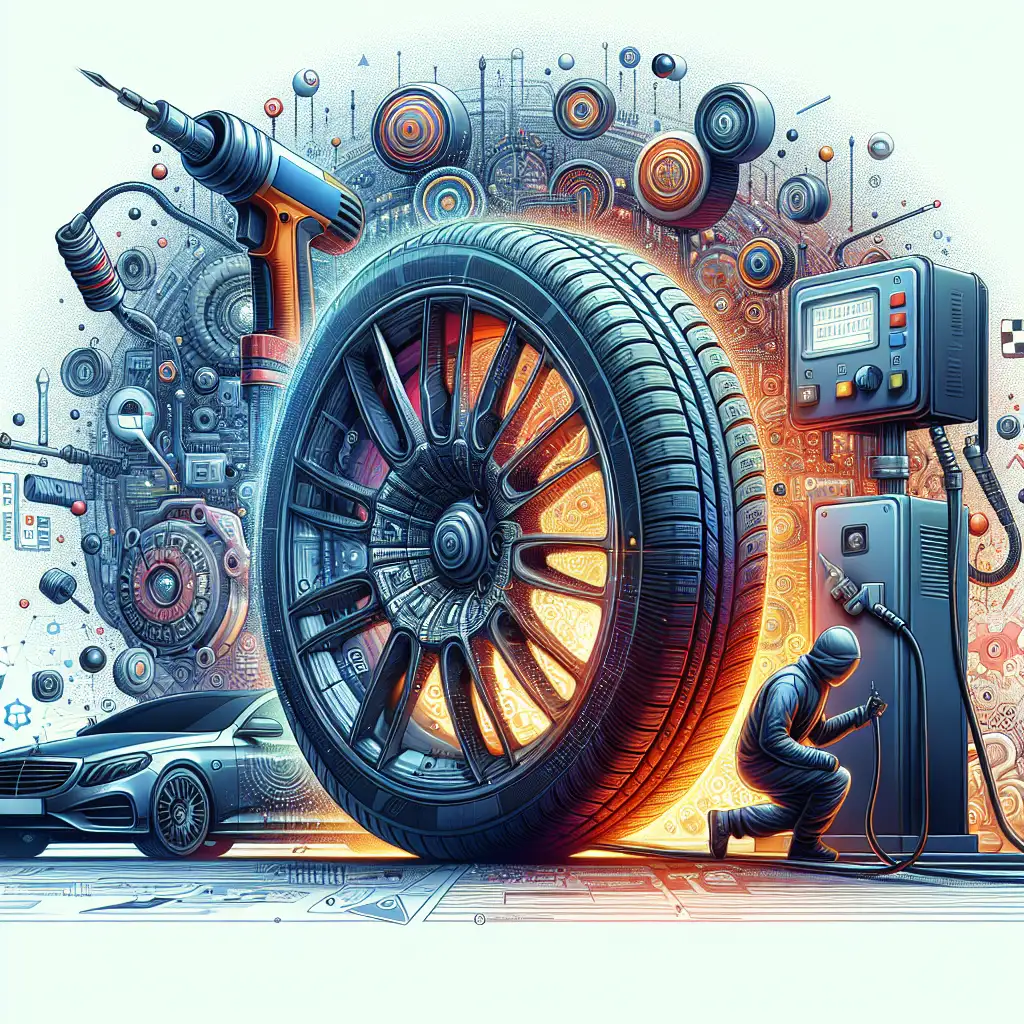The Impact of Tire Pressure on Fuel Consumption: How Maintaining Proper Tire Inflation Can Save You Money
Discover how keeping your tires properly inflated can improve fuel efficiency and save you money at the pump.

When it comes to saving money on fuel, many drivers overlook a simple yet effective solution: maintaining proper tire pressure. Not only does this practice enhance your vehicle's fuel efficiency, but it also extends the life of your tires and improves safety. In this article, we'll explore how tire pressure affects fuel consumption and why it's crucial to keep your tires properly inflated.
Understanding Tire Pressure
Tire pressure refers to the amount of air inside your tires, measured in pounds per square inch (PSI) or kilopascals (kPa). Each vehicle has a recommended tire pressure, usually found in the owner's manual or on a sticker inside the driver's door. Maintaining this pressure is essential for optimal vehicle performance.
Under-inflated tires have more contact with the road, increasing friction and causing the engine to work harder. This extra effort leads to higher fuel consumption. Conversely, over-inflated tires can reduce traction and lead to uneven tire wear, though they might slightly improve fuel efficiency in the short term.
How Tire Pressure Affects Fuel Consumption
Properly inflated tires can significantly impact your vehicle's fuel economy. According to the U.S. Department of Energy, for every 1 PSI drop in tire pressure, gas mileage can decrease by about 0.2%. This might not sound like much, but it adds up over time, especially if all four tires are under-inflated.
For example, if your tires are 10 PSI below the recommended level, you could see a 2% reduction in fuel efficiency. Over a year, this could mean spending more on fuel than necessary. Additionally, under-inflated tires wear out faster, leading to more frequent replacements and added costs.
Real-World Examples
Consider a typical sedan that averages 30 miles per gallon (mpg) with properly inflated tires. If the tires are under-inflated by 10 PSI, the fuel efficiency might drop to around 29.4 mpg. Over 12,000 miles, this seemingly small difference could result in using an extra 20 gallons of fuel, costing you more money at the pump.
In contrast, maintaining the correct tire pressure not only saves fuel but also enhances safety. Properly inflated tires provide better handling and braking performance, reducing the risk of accidents.
Tips for Maintaining Proper Tire Pressure
- Check Tire Pressure Regularly: Use a reliable tire pressure gauge to check your tire pressure at least once a month and before long trips.
- Adjust for Temperature Changes: Tire pressure can fluctuate with temperature changes. Check your tires more frequently during extreme weather conditions.
- Follow Manufacturer Recommendations: Always adhere to the tire pressure guidelines provided by your vehicle's manufacturer.
- Invest in a Quality Tire Pressure Gauge: Having a good gauge on hand ensures accurate readings and helps you maintain optimal tire pressure.
Conclusion
Maintaining proper tire pressure is a simple yet effective way to improve your vehicle's fuel efficiency and save money. By regularly checking and adjusting your tire pressure, you can reduce fuel consumption, extend the life of your tires, and enhance your driving safety. Think about what features matter most to you. Do you need extra cargo space? Or perhaps better fuel efficiency is your priority? Whatever your needs, keeping your tires properly inflated is a step in the right direction.
 CarChooser
CarChooser